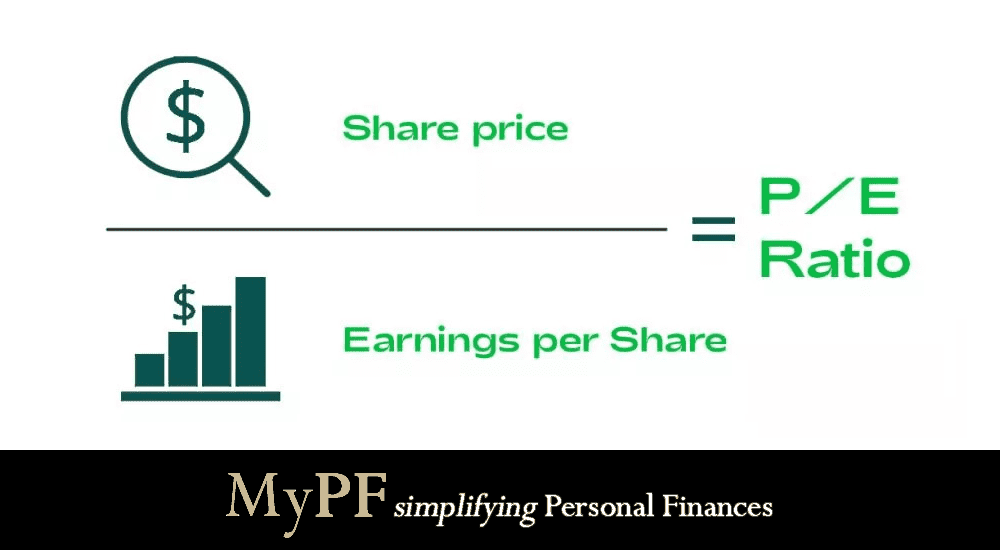Dive into the definition of undervalued stocks, what affects stock value, how to find undervalued stocks to trade, and where to trade undervalued stocks.
Contents
What are Undervalued Stocks?
Undervalued stocks are stocks of companies that are quoted below what they should be. This is based on analysis of the company’s performance and comparison with its direct competitors (companies in the same industry in the same country).
Investors purchase undervalued stocks in order to get a financial return on them in the future. Increased demand for these assets boosts their profitability. Holders receive the highest returns at the moment when they become fully valued.
Which Stocks are Undervalued?
Undervalued stocks can be found in any industry. Most often they are offered by companies whose operations are cyclical in nature. During certain periods, the profitability of such organizations may decline sharply, which will cause the demand for their shares to fall as well. Over time, performance will normalize and, accordingly, asset values will rise again. The goal is to buy at the moment of the setback in price.
Here are some examples of the most undervalued stocks for 2022:
- Philip Morris
- Meta Platforms
- Coinbase
- SoFi Technologies
- Disney
- Innovative Industrial
Which Factors Influence the Value of Stocks?
Stocks become undervalued for a variety of reasons, including:
- Market changes: market corrections or collapses can cause stock prices to fall.
- Sudden bad news: stocks can quickly become undervalued because of negative comments about a company in the press or economic, political or social changes.
- Cyclical fluctuations: stocks in certain industries perform poorly in certain quarters, which affects stock prices.
- Inadequate market reaction: when a stock price does not rise as predicted, it may fall.
How to Identify Undervalued Stocks?
Various methods of fundamental analysis are used to find undervalued stocks and calculate the ratio between their market value and actual value.
You need to compare companies in the same industry that are as close to each other as possible. For example, a young company with shares of an organization already in the S&P 500 and a company operating in the same field.
You can find the necessary ratios on specialized sites devoted to stock trading or calculate them yourself by taking initial data from accounting statements and published company news.
Most often, the following indicators help identify undervalued stocks:
Price to earnings ratio
P/E or price to earnings ratio is the market’s estimate of an organization’s profits. The indicator reflects the approximate number of years needed to pay off the shares. For example, a ratio of 15 equals 15 years.
A comparison of P/E ratio is allowed among companies in the same field. Otherwise, there is a risk of getting an erroneous result, because at the time of the analysis the issuers may be in different economic conditions or at the stage of business development.
Price to book ratio
P/B or price to book ratio is a market valuation of the issuer’s capital. It is used when comparing bank reports. A low indicator of the company compared to competitors in this area indicates that its value is cheaper than equity. High indicator reflects the overvaluation of the asset.
Enterprise value to earnings before interest and taxes ratio
EV/EBIT or enterprise value to earnings before interest and taxes ratio is the market valuation of the company’s profit before taxes and interest on loans. It reflects the total valuation of the company in case of its acquisition at market value. This indicator is used when comparing issuers from the same industry.
Where to Trade Undervalued Stocks
Undervalued stocks, like any other stocks, can be traded on the stock exchange. To enter the stock exchange, you need a professional intermediary – a broker. Brokers make transactions on your behalf. You decide for yourself which securities to buy and sell, and at what moment to do so.
It is important to remember that investments in securities can always turn into losses. Therefore, it is worth becoming an investor only if you have spare cash and are willing to risk it.
Time to start looking for undervalued stocks!








Leave A Comment